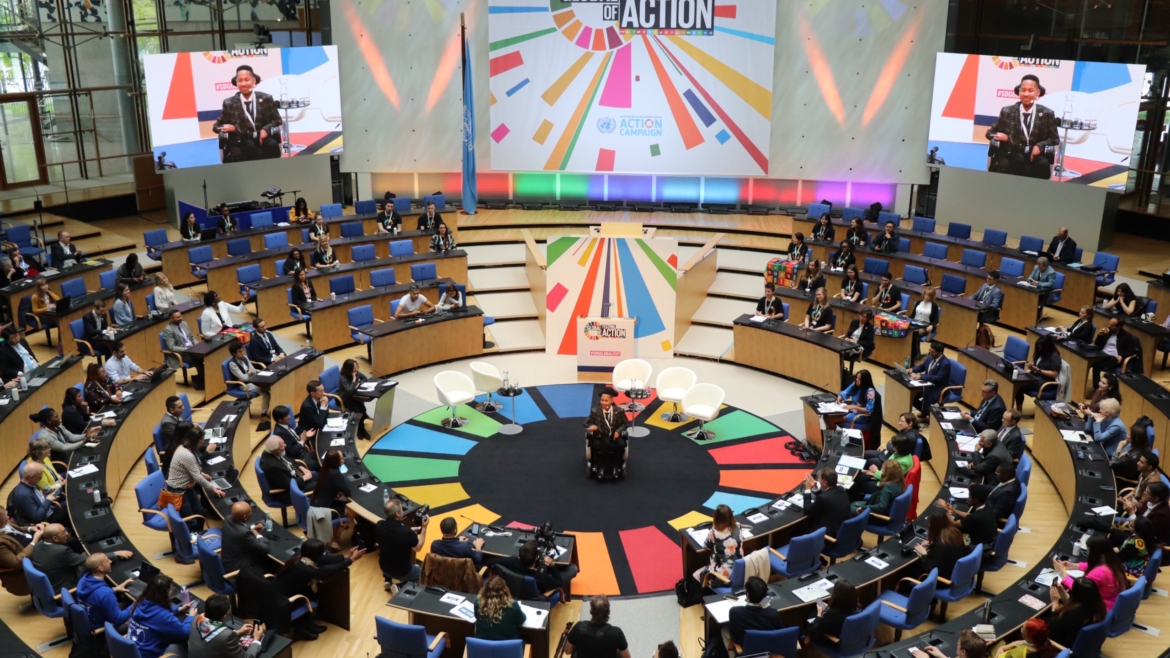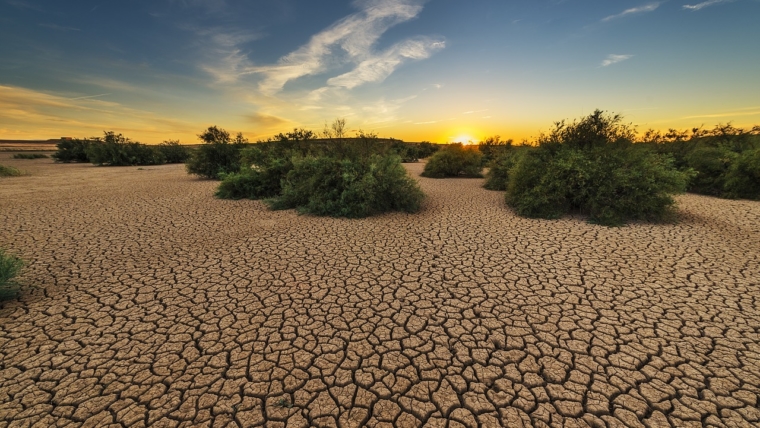Involving stakeholders in achieving the SDGs: A survey into integrated sustainability and geographical regions
By Celine Klooster and Francesco Montesano
Image from UN SDG Action Campaign
For the Global Goals project, we conducted a survey to examine whether professionals and organizations change in the direction of integrated sustainability and whether the Sustainable Development Goals (SDGs) play a role in that process. Integrated sustainability means bringing together the three dimensions of sustainability: the social, the economic, and the environmental. Integrating the three pillars ensures a habitable planet and long-term survival of all inhabitants. Among other results, we have examined whether integrated sustainability depends on the geographical location of the organization or business.
In order to examine integrated sustainability, we designed an online survey that was sent to a large sample of experts and professionals from NGOs, international organizations, governmental organizations, and academia. Snowballing techniques were used to gather our participants through national and international networks, personal contacts, and social media. To classify and analyze responses, we applied discursive categories with statements that aimed at the meaning of integrated sustainability (scope), how integrated sustainability should be pursued (objectives), role within the organization (process), and actions by the organizations (evidence).
The survey resulted in a total of 531 participants from various organizations. After we cleaned the data, we did, among others, crosstabs and chi-square tests to analyze and test the significance of our results. In this article, we focus on differences between geographical regions and argue that they could also be seen by actors in regions that are lagging behind as an opportunity to develop their knowledge and skills to improve integrated sustainability by learning from other regions.
We asked our participants directly what their thoughts were about their organization’s responsibility to contribute to the achievement of the SDGs. We looked at six different regions and we immediately noticed a clear dividing line between on the one hand Africa, Asia, and Australia, and on the other hand Central and South America, Europa, and North America. Around 79.3% of the organizations in Africa, Asia, and Australia strongly agreed with the statement that it is their organization’s responsibility to contribute to the achievement of the SDGs. In comparison to only 59.2% of the organizations of the other regions, this is quite an interesting and remarkable difference. Nevertheless, in order to improve integrated
sustainability, it is important to examine whether businesses and organizations take the necessary steps to integrate sustainability in their organizations. In this article, we highlight three steps: employees working for the SGDs, sustainability strategy, and budget allocation.
We asked our respondents whether at least one employee within their organization has tasks specifically dedicated to the SDGs. Interestingly, 77.4% of the organizations from Africa, Asia, and Australia argued that they had at least one employee within their organization whose tasks are specifically dedicated to the SDGs. In contrast, 58.6% of the organizations from Central and South America, Europe, and North America agreed with this statement.
For the sustainability strategy of the organizations, Australia and Asia were at the top of the organizations whose sustainability strategy referred to the SDGs. For Australia, 85.7% of the organizations referenced in their sustainability strategy to the SDGs and for Asia, this is 74.5%. For the other regions this percentage laid around 59% with at the bottom North America with only 52.3%.
Last, we looked at the budget allocation of the organizations. In the budgets of the organizations, we saw quite a remarkable division line between Central and South America, Europe and North America. Of these three regions, only 37.2% of the organizations included the SDGs in their budgets. If we compared this with the other three regions, Africa, Asia, and Australia/Oceania, we saw that an average of 71.9% of the organizations included the SDGs in their budgets.
To summarize, there is quite a remarkable difference between the organization’s progress towards integrated sustainability in the different regions. For the SDGs, it is important that all stakeholders work together to proactively address and solve the challenges regarding environmental, social and economic issues. The different points made in the findings can work as steps for businesses and organizations to improve their progress towards integrated sustainability, especially if they can communicate with each other and help each other on how to integrate the three pillars of sustainability in their organizations. This is especially important because the SDGs are not only aimed at policymakers, but also at civil society, businesses, academia, and each and every individual. We not only need to look at our policymakers to find solutions for a healthy and inclusive planet, but we as individuals, businesses, and organizations can be local changemakers for SDG integration.
For now, these are preliminary results. We will continue examining the relationships between various variables and integrated sustainability. We are currently conducting more statistical analyses into not only demographics but also preferences, perceptions, affiliation, and integration. These analyses are already well advanced and research around this theme will be published soon. The seventeen UN Sustainable Development Goals are seen as an advanced attempt at integrated sustainability and promotion of sustainability policy integration. In order to tackle the complex challenges caused by climate change, the SDGs must be implemented in an integrated way. We hope, with our research, to provide more insights into how we can improve integrated sustainability which affects the complex challenges across economies, societies, and natural ecosystems.



12 Comments
byescape room
Very nice info and straight to the point. I don’t know if this is really the best place to ask but do you guys have any ideea where to get some professional writers?
Thank you 🙂 Escape room lista
byAnh.U
I like this weblog it’s a master piece! Glad I noticed this on google.!
byDarin.E
I was studying some of your articles on this
website and I believe this web site is rattling informative!
Continue posting.Blog monetyze
bypriscilla
how to vape safely, use regulated devices, choose reputable e-liquids, and follow manufacturer guidelines. Avoid modifying devices, store e-liquids securely, and stay informed about safety practices for a better experience.
byLaura Mursa
Spletne ocene igrajo pomembno vlogo pri odločitvah uporabnikov. Igralci, ki raziskujejo platformo hellspin, lahko preko mnenj drugih hitro ocenijo kakovost storitev, varnost ter ponudbo iger, preden se odločijo za registracijo in začetek igranja.